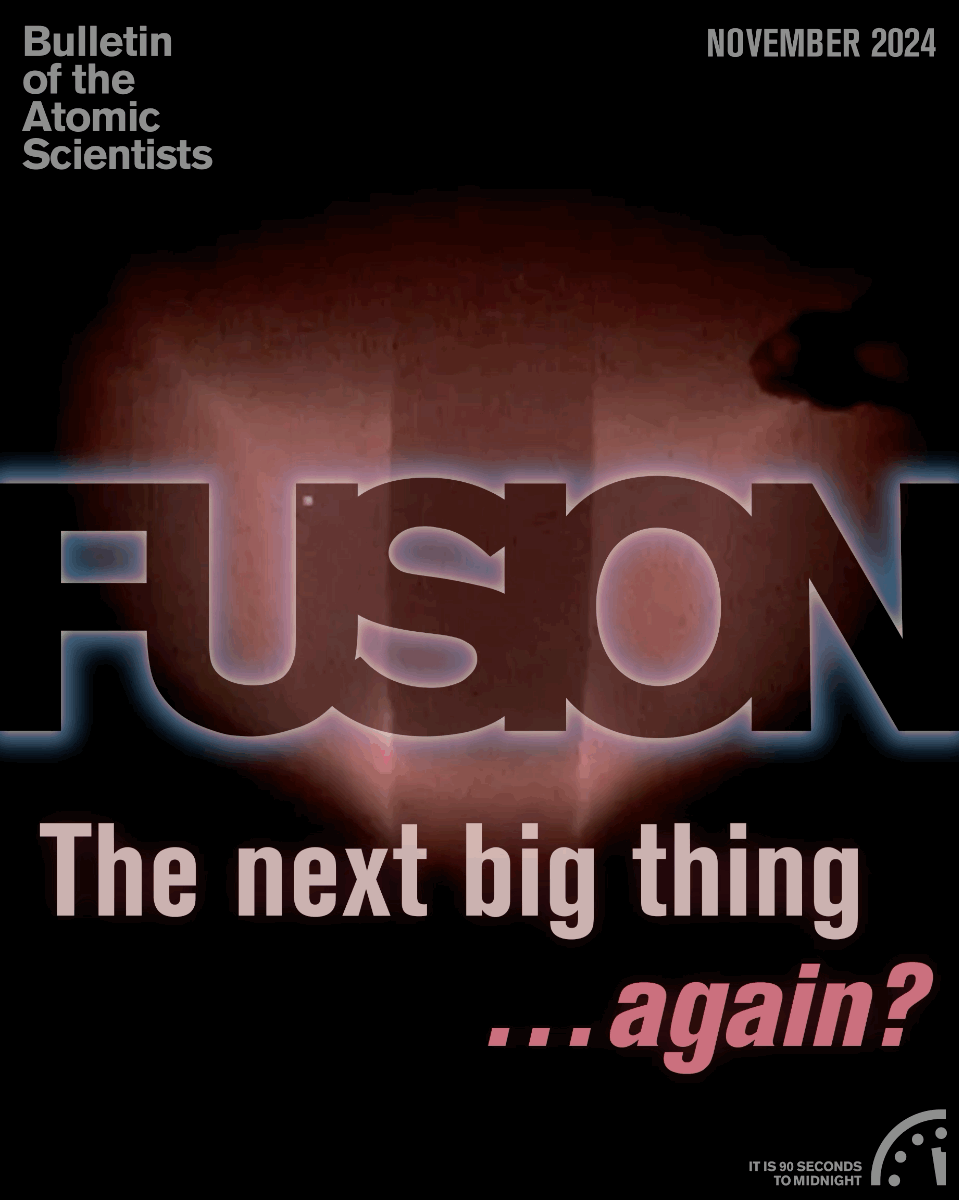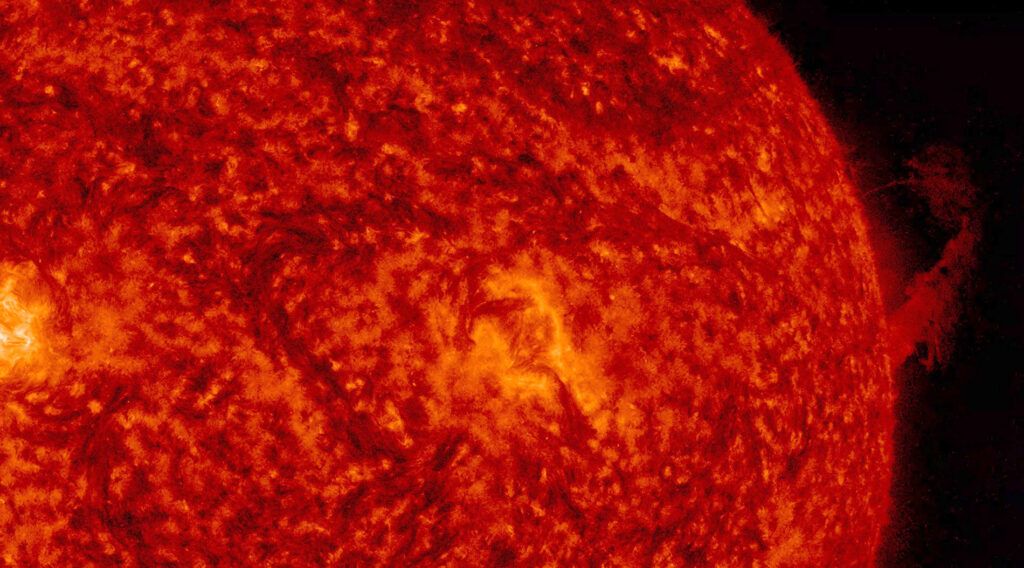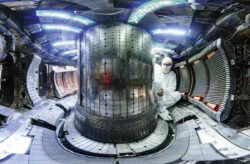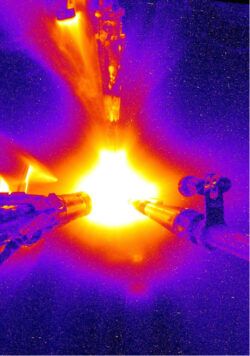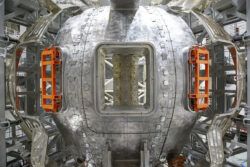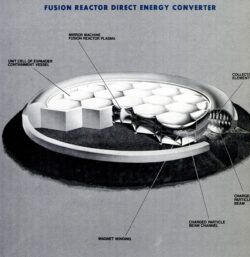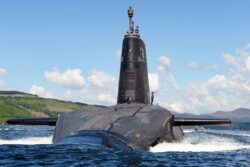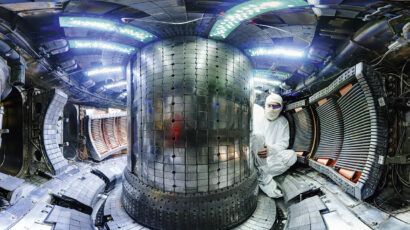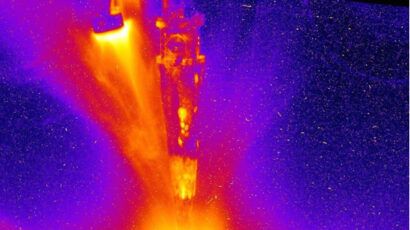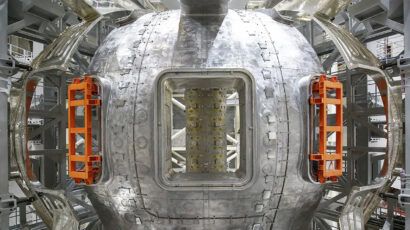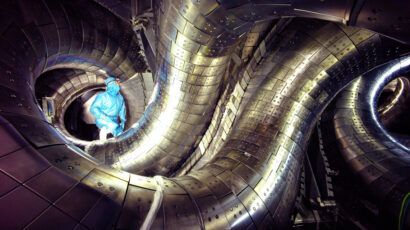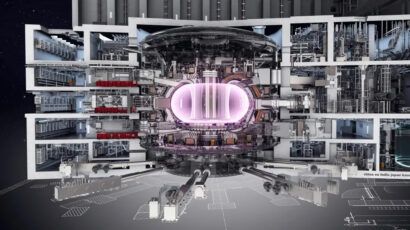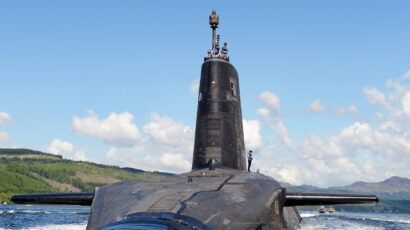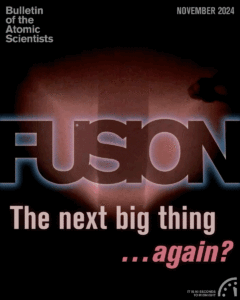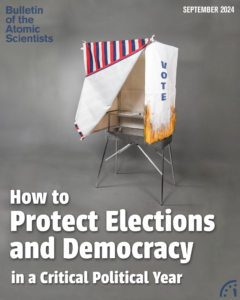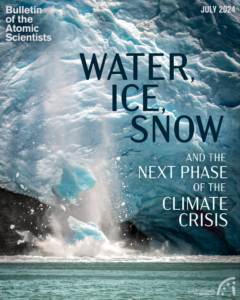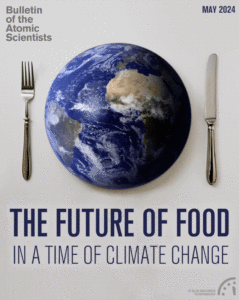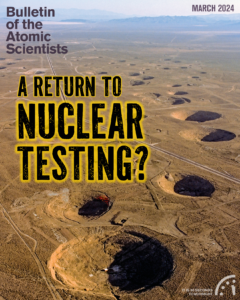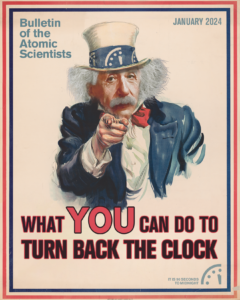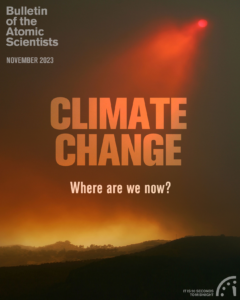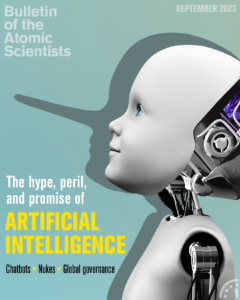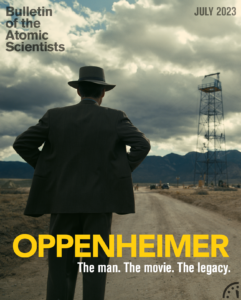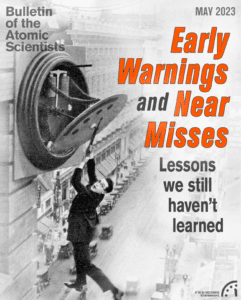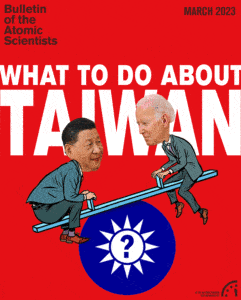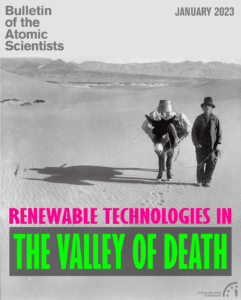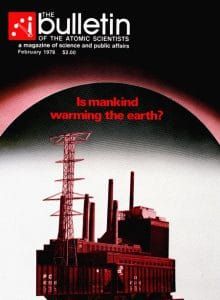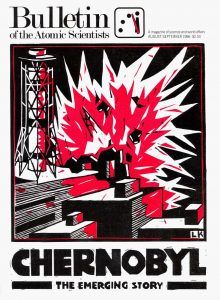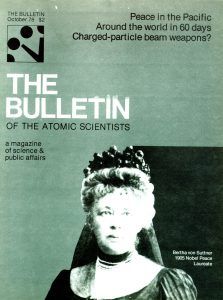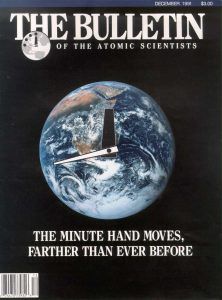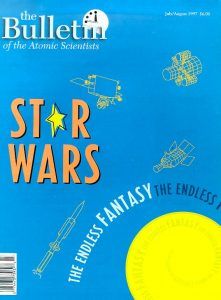DIGITAL MAGAZINE
November 2024
DIGITAL MAGAZINE
November 2024
A donut shaped plasma forms during operation of the National Spherical Tokamak Experiment at the Princeton Plasma Physics Laboratory. Temperatures around the central column can exceed 10 million degrees Celsius. (Video via PPPL; cover by Thomas Gaulkin.)
Introduction—Fusion, forever the energy of tomorrow?
Ferreting out the truth about fusion: Interview with Bob Rosner
The entanglement of fusion energy research and bombs
“Fusion is not a typical bet”: Interview with Silicon Valley investor Mark Coopersmith
An overview of the fusion landscape
After ITER: What China and others are doing in fusion. Interview with MIT’s Dennis Whyte
The fuel supply quandary of fusion power reactors
Fusion: The Uncertain Certainty
United Kingdom nuclear weapons, 2024
Ferreting out the truth about fusion: Interview with Bob Rosner
The entanglement of fusion energy research and bombs
“Fusion is not a typical bet”: Interview with Silicon Valley investor Mark Coopersmith
An overview of the fusion landscape
After ITER: What China and others are doing in fusion. Interview with MIT’s Dennis Whyte
The fuel supply quandary of fusion power reactors
Fusion: The Uncertain Certainty
United Kingdom nuclear weapons, 2024
A donut shaped plasma forms during operation of the National Spherical Tokamak Experiment at the Princeton Plasma Physics Laboratory. Temperatures around the central column can exceed 10 million degrees Celsius. (Video via PPPL; cover by Thomas Gaulkin.)
Subscribe now
We've relaunched the Bulletin's award-winning digital magazine. Get premium access for less than $5 a month.
Magazine archive
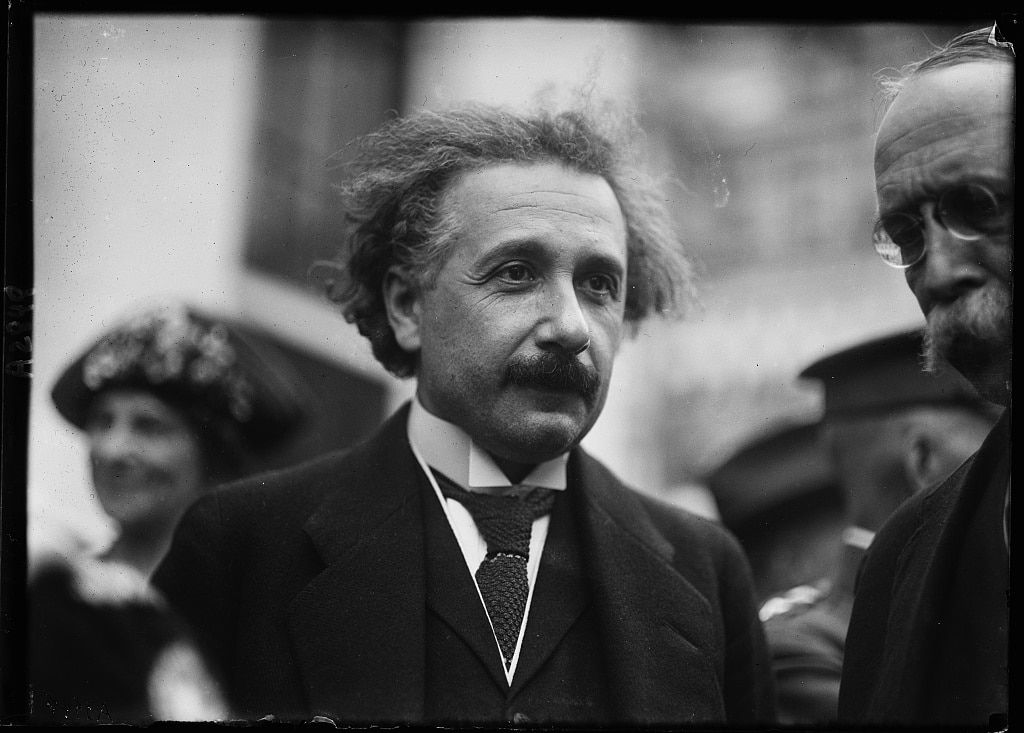
Premium subscribers can read the complete Bulletin of the Atomic Scientists’ archive, which contains every article published since our founding in 1945.
This archive was created in honor of John A. Simpson, one of the Bulletin’s principal founders and a longtime member of its Board of Sponsors. This searchable archive provides exclusive online access to original interviews and commentary by luminaries like Albert Einstein, J. Robert Oppenheimer, Ruth Adams, John F. Kennedy, Stephen Hawking, Christine Todd Whitman, US Secretary of Defense William J. Perry, and multiple Nobel laureates.
